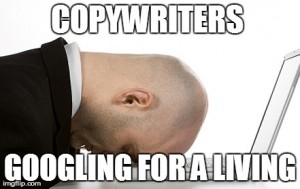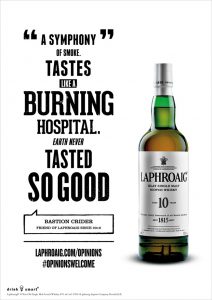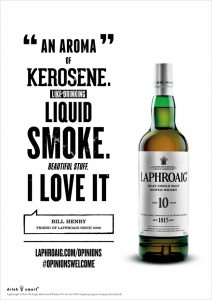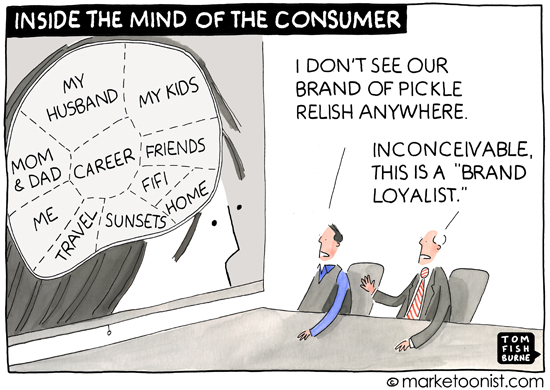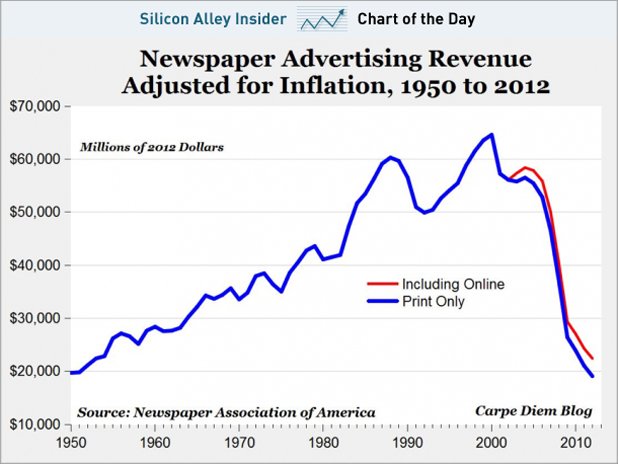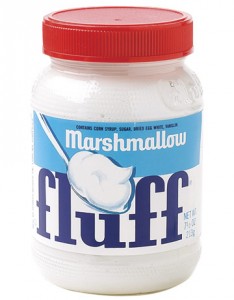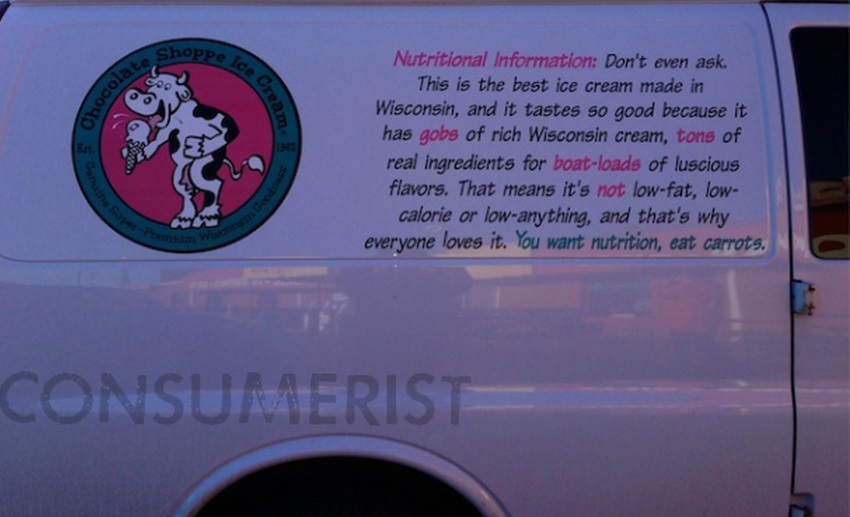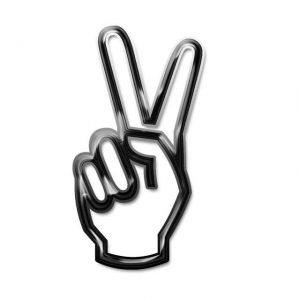“I love advertising, because I love lying”.
It wasn’t me, I didn’t utter those words. I’m not as bold and brazen as veteran comedian Jerry Seinfeld; who when accepting an honorary Clio – one of the ad industry’s highest creative accolades – spoke with brutal honesty about advertising.
Though the acceptance speech was meant to be a satirical take on the industry, you could just feel the audience’s amused yet disturbed reaction. For me though, it was 4 minutes of ROFL… a must-watch if you haven’t already:
Yes, I admit it. In my 16 years as a copywriter, I’ve done my fair share of lying. They may not be outright lies, but by Mr. Seinfeld’s definition…
I have duped innocent people out of hard-earned earnings to buy useless, low-quality, misrepresented items and services.
Sounds terrible when you word it that way, doesn’t it? But in true advertising traditions, you could also say:
I convince innocent people with relevant, timely information so that they spend their hard-earned earnings wisely on products and services that deliver the best value.
Or maybe something slightly more client-friendly:
I help consumers make smart purchasing decisions with appealing, compelling and concise information that allows them to choose the products and services that best fit their lifestyle.
Essentially, all of the above versions say the same thing. It’s just the wordplay that took Mr. Seinfeld’s observations and spinned it to something more, well, acceptable.
Same message, different interpretations, multiple executions.
But then again, there’s no substitute for honest, emotionally-driven, insightful communications that consumers will appreciate and eventually trust. If you ask me, that should be the only way to execute an ad campaign instead of the usual mumbo jumbo.

And to Mr. Seinfeld, we addies aren’t all that bad. We mostly just misdirect and sometimes hide the truth as opposed to blatantly lying to people’s faces.
Unlike this ridiculous promo for a movie you did some years ago…

